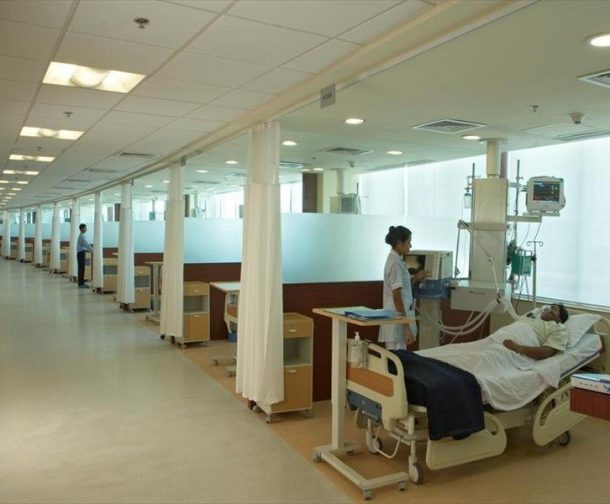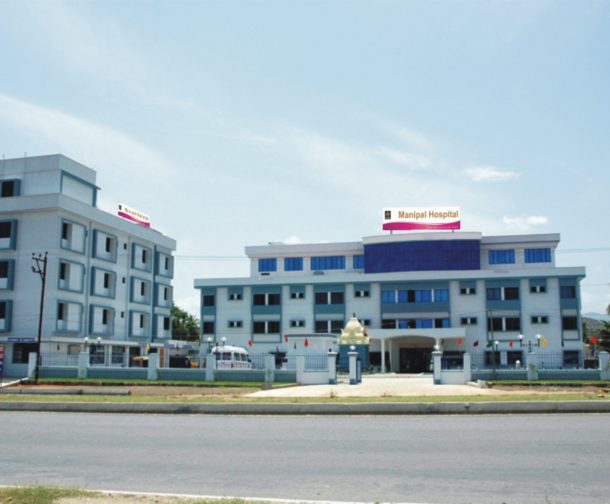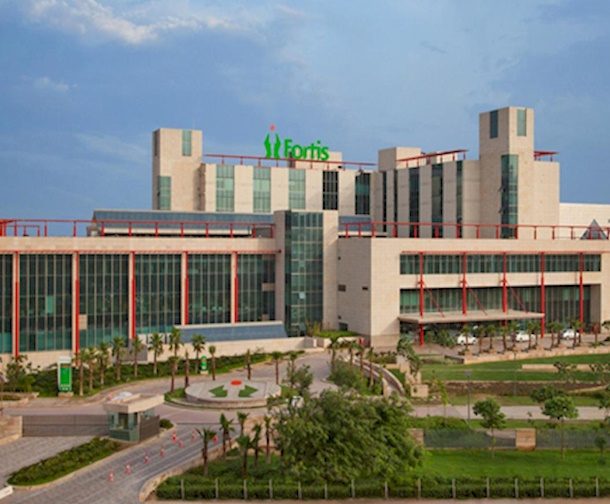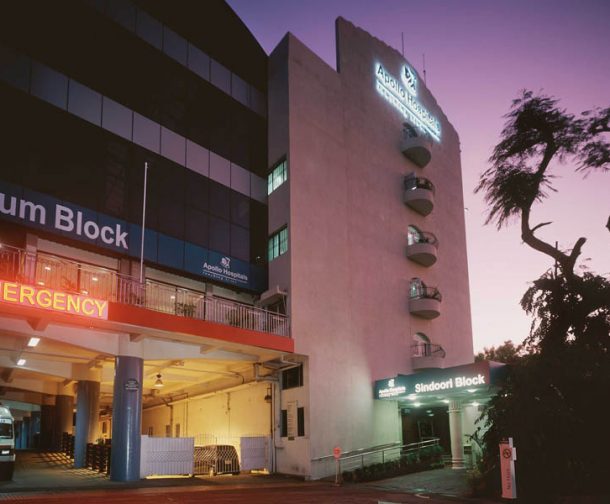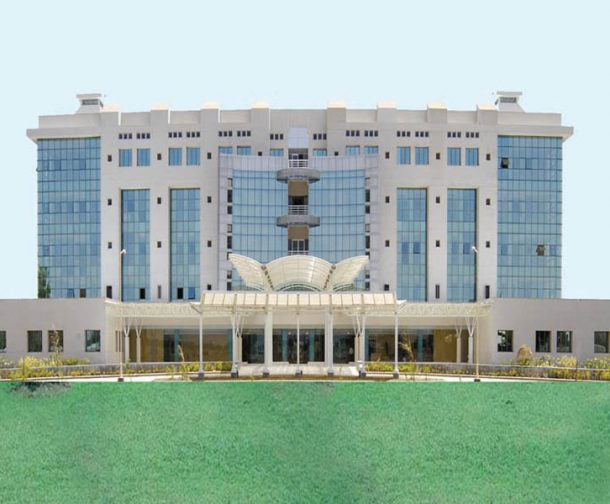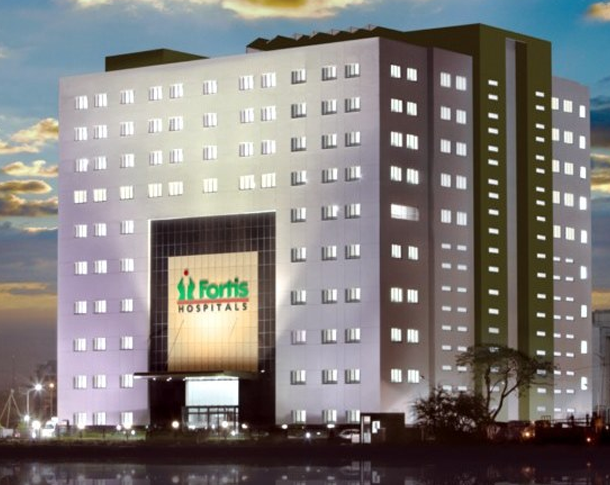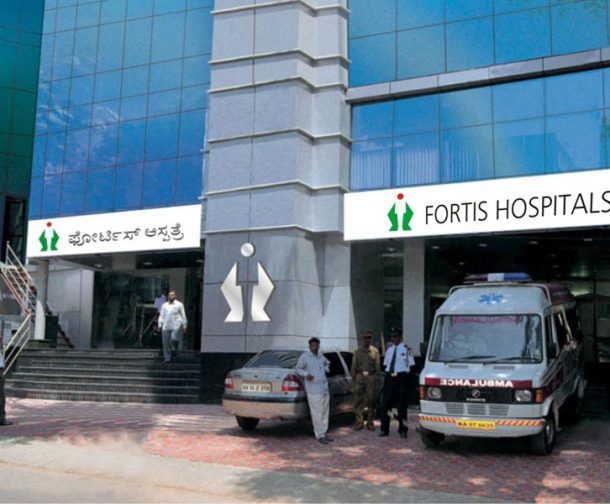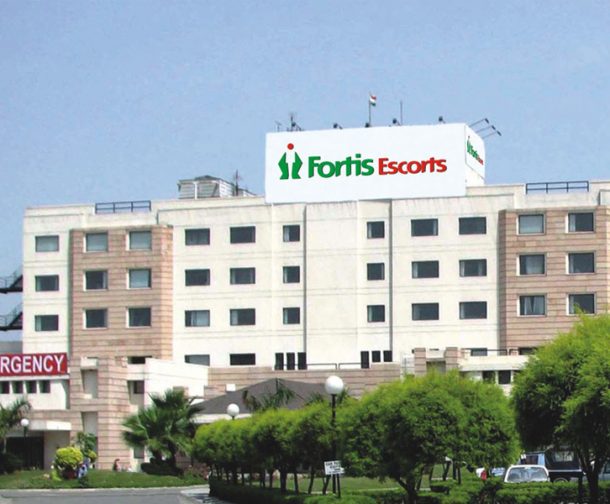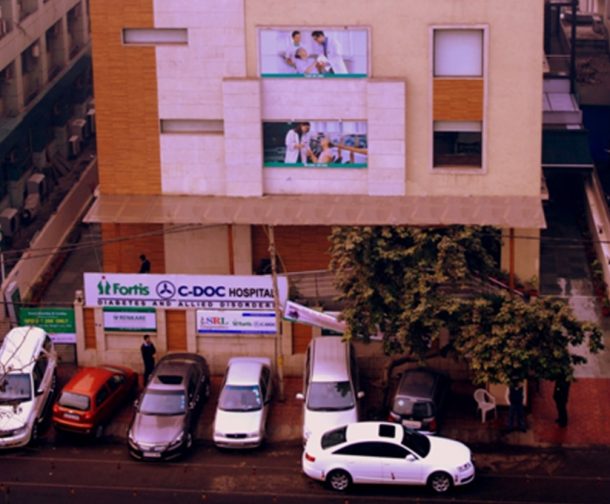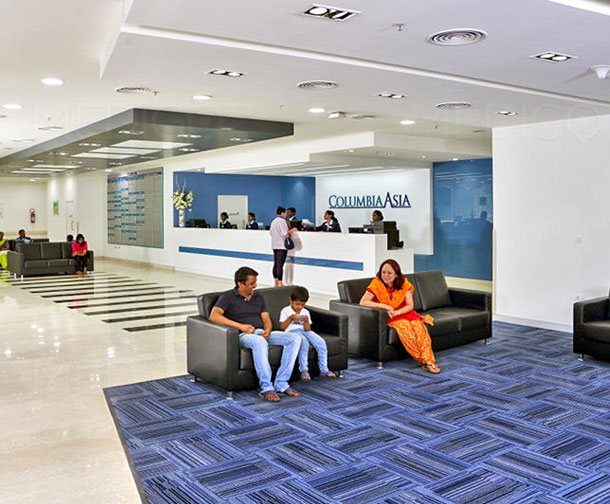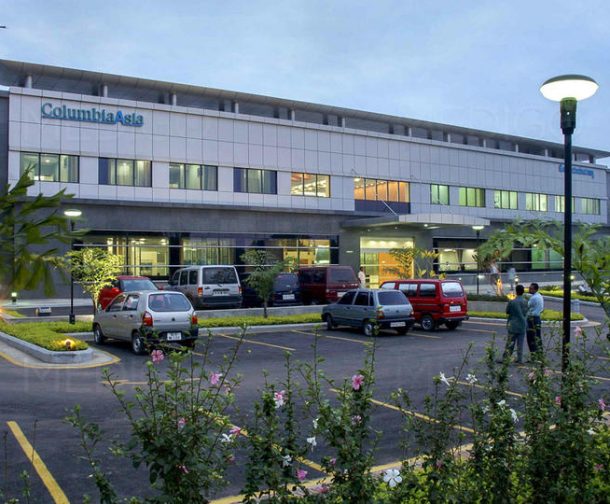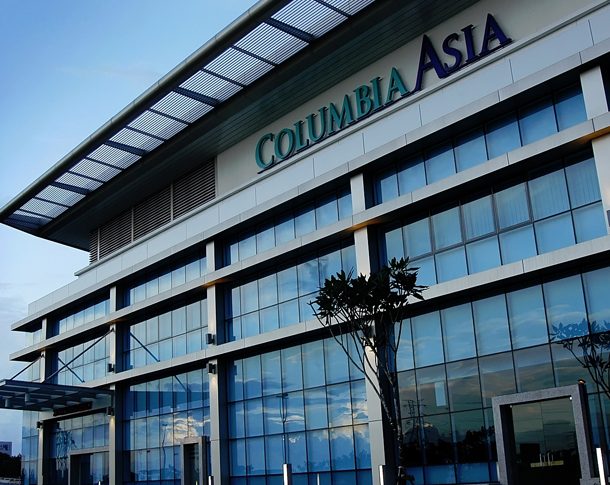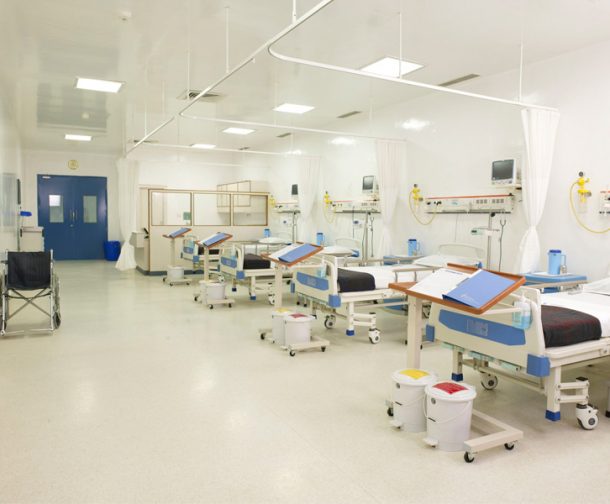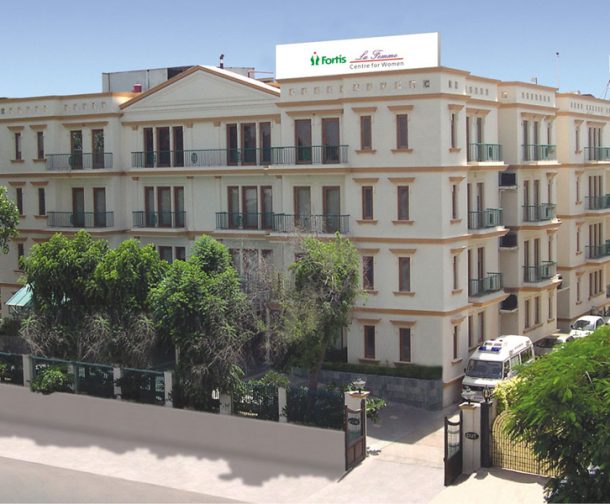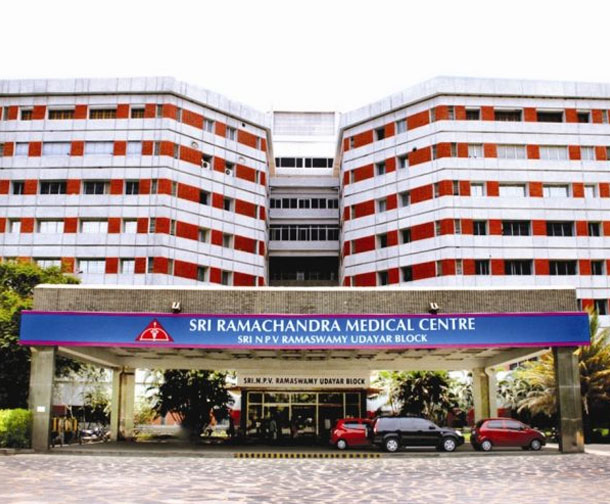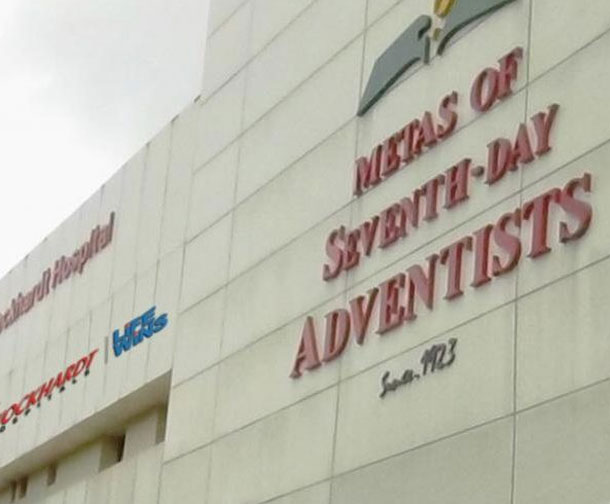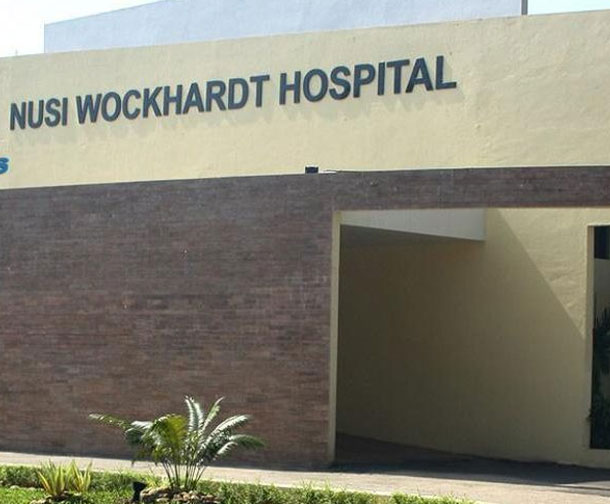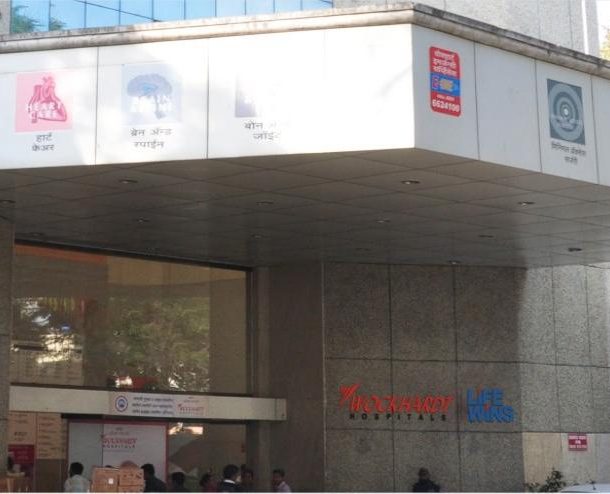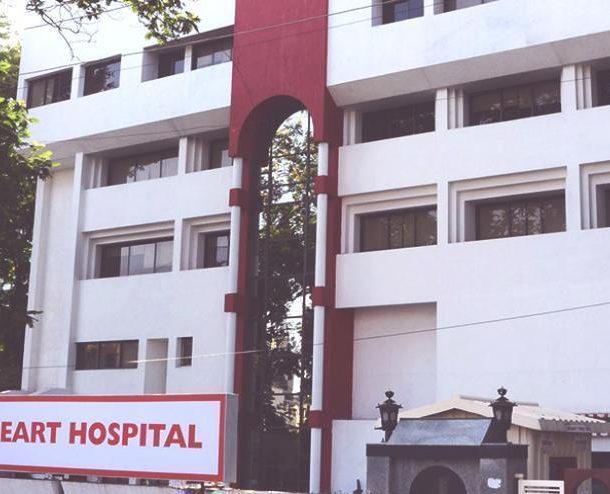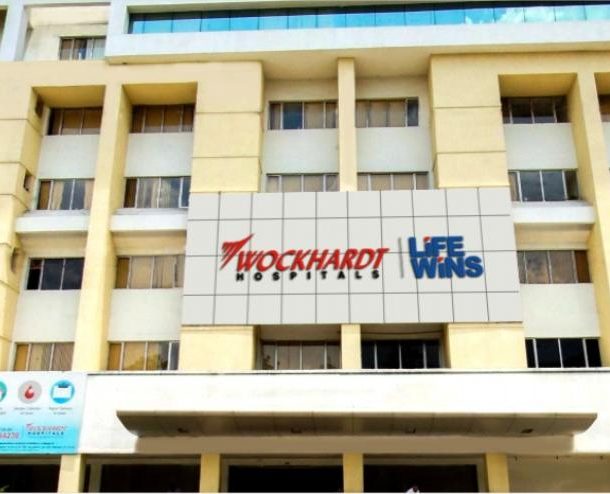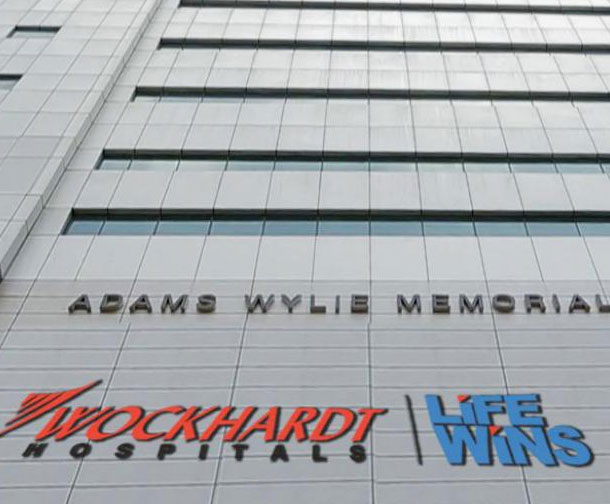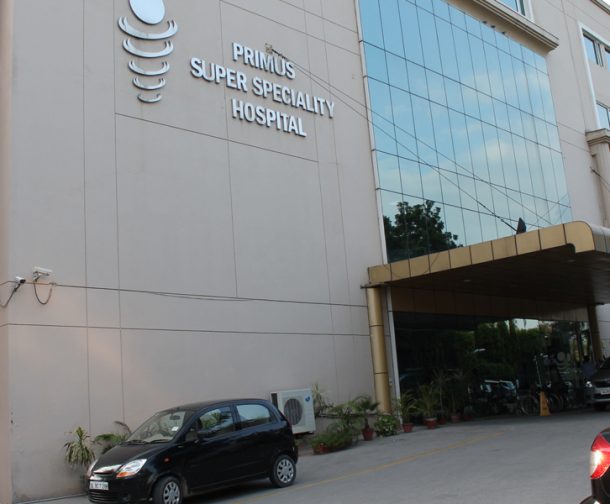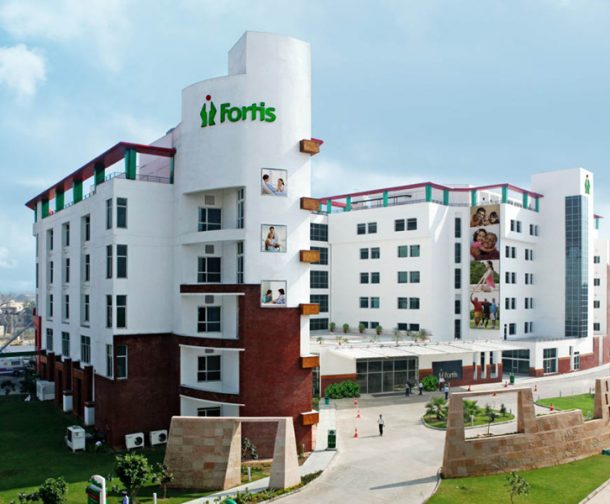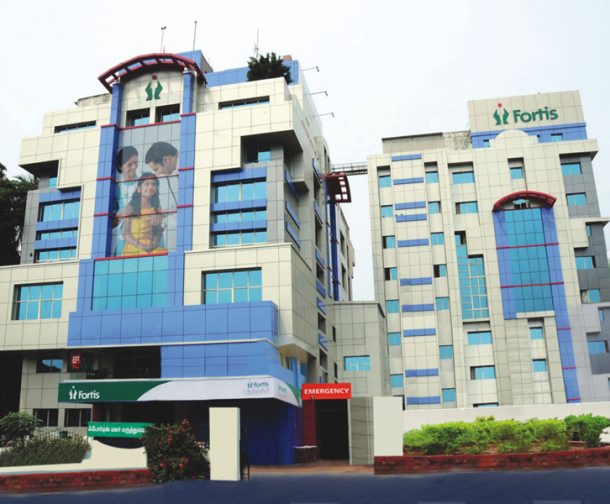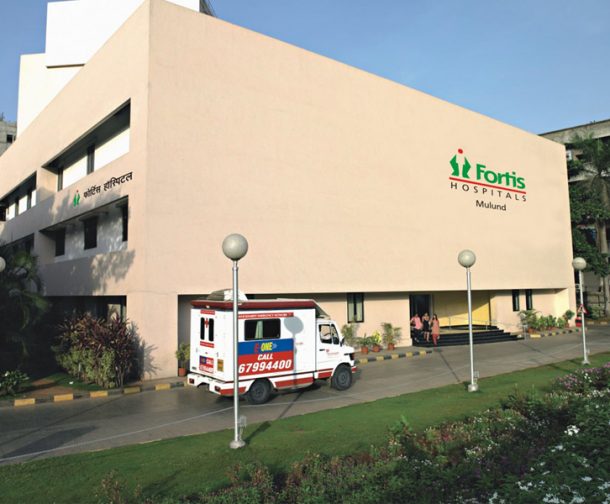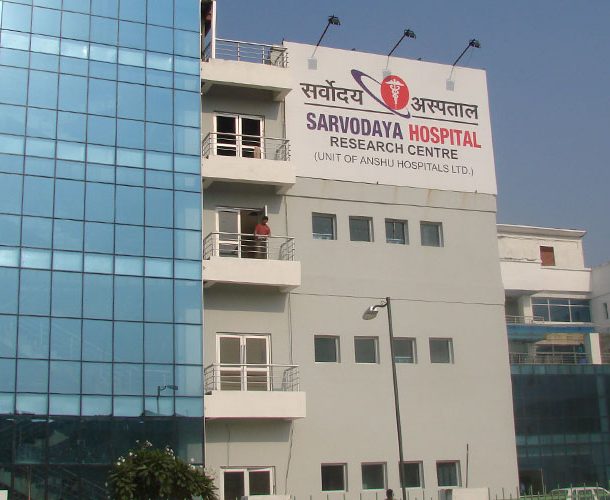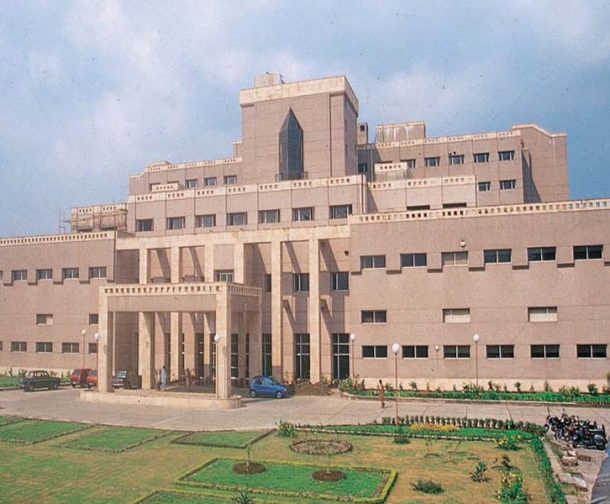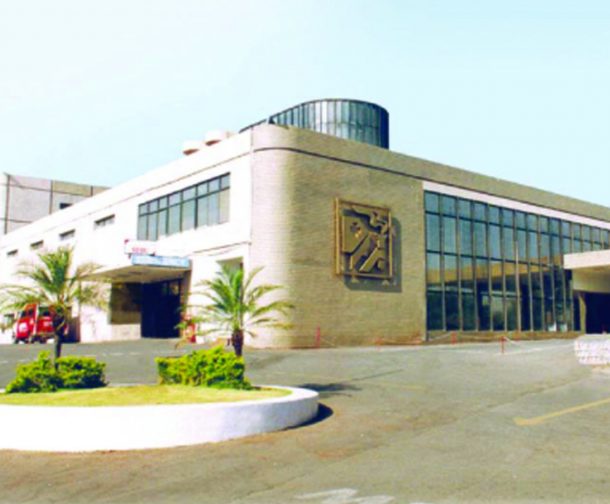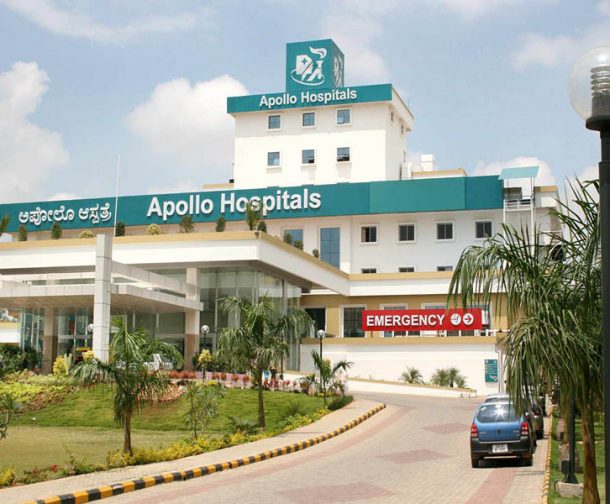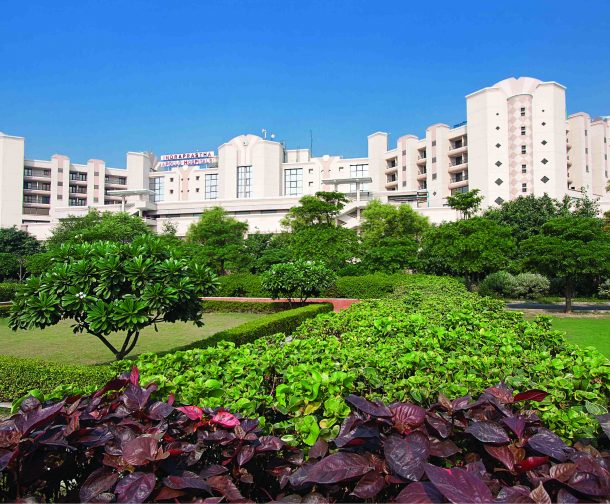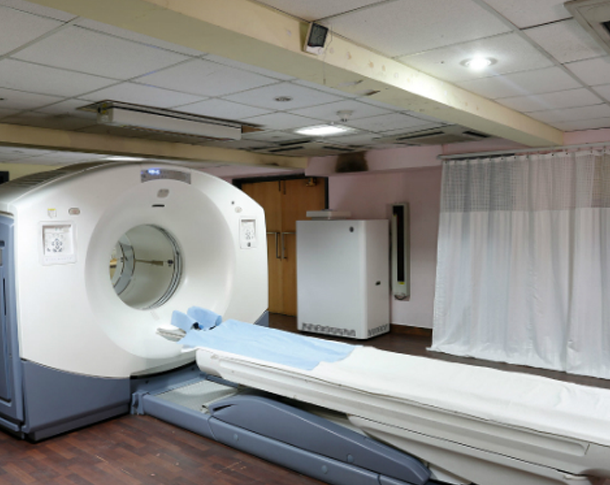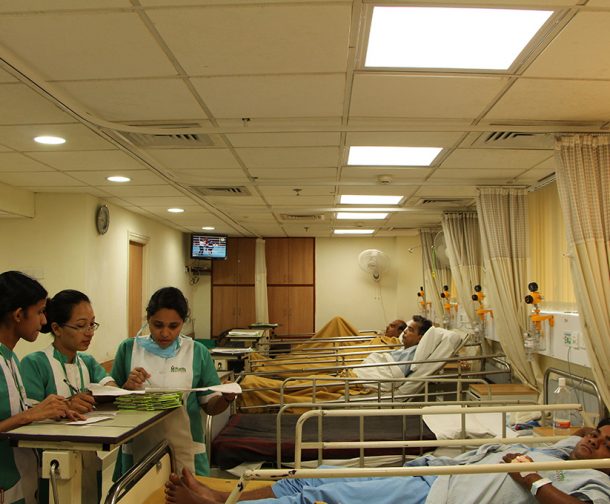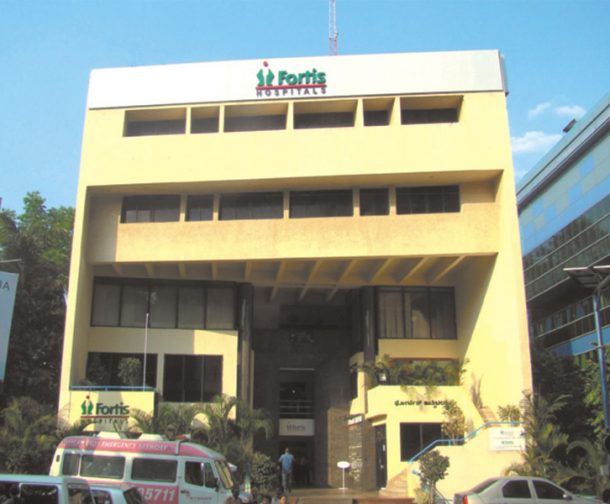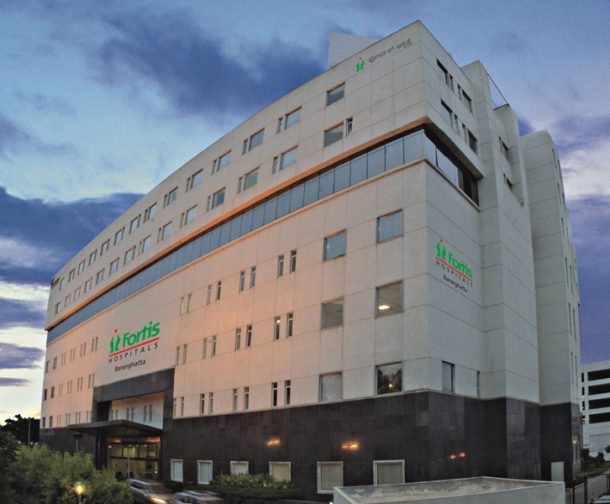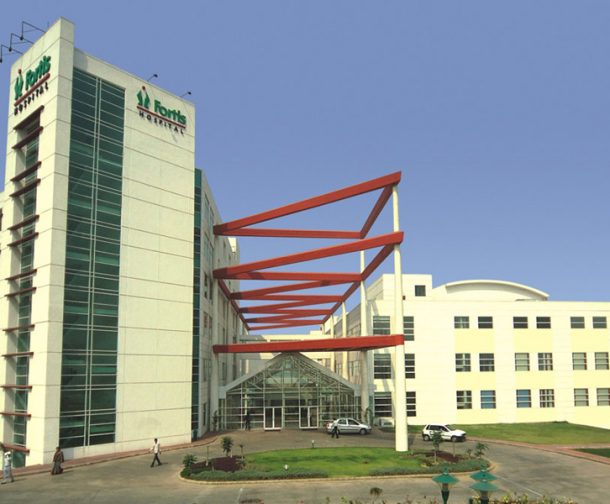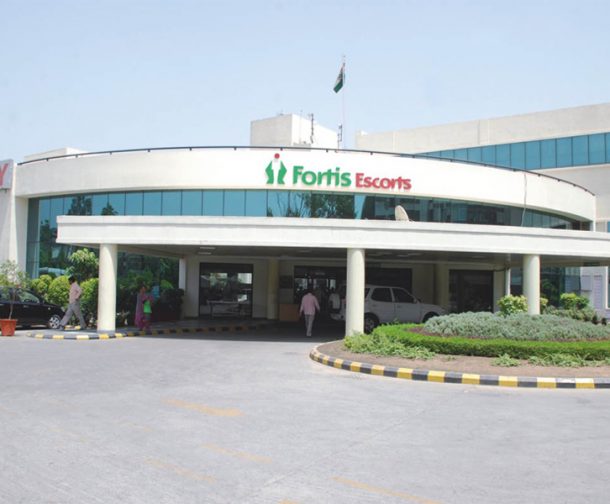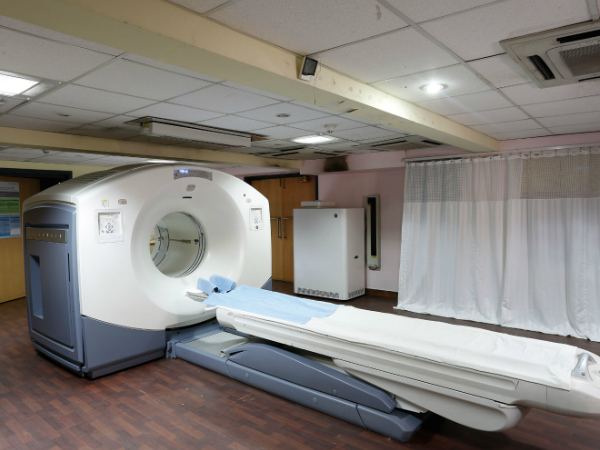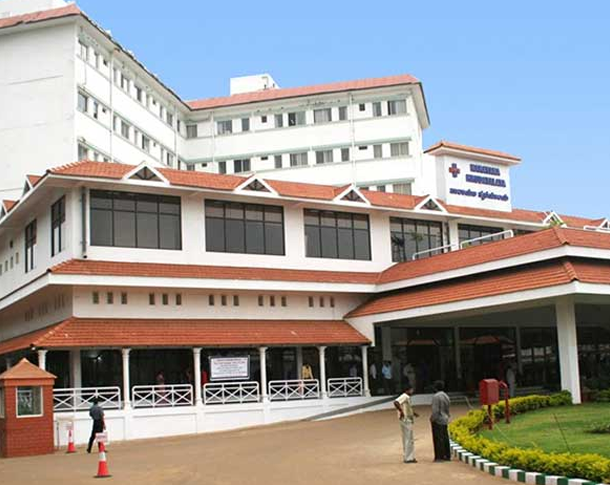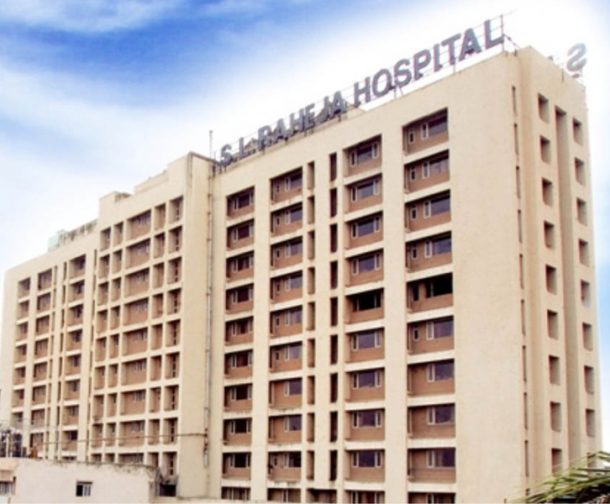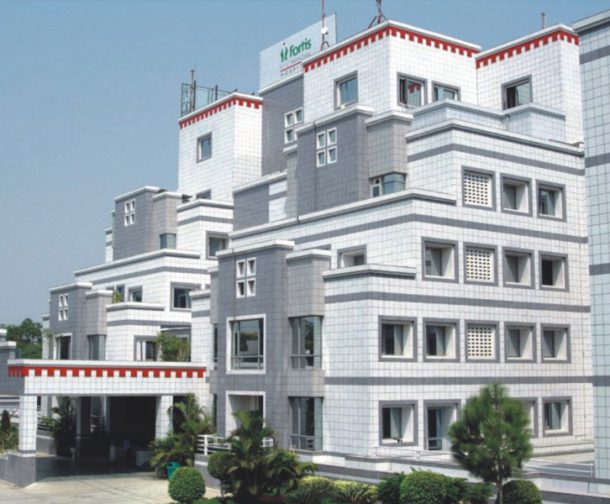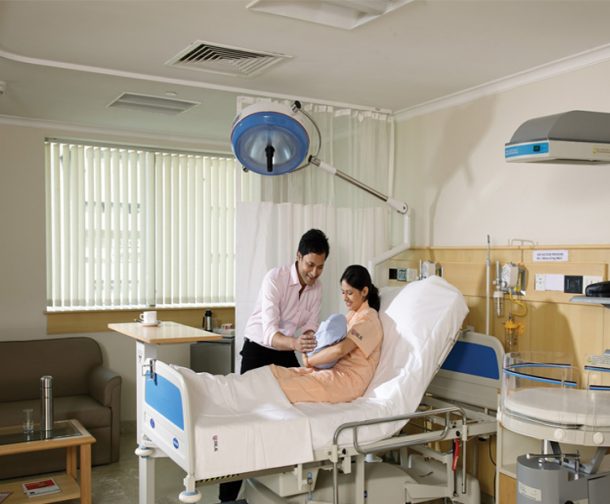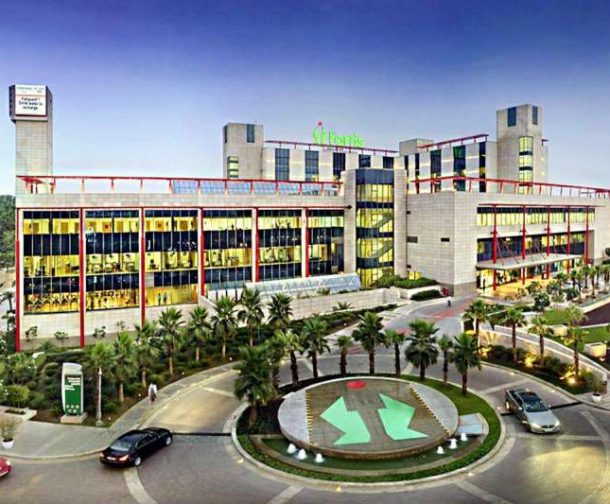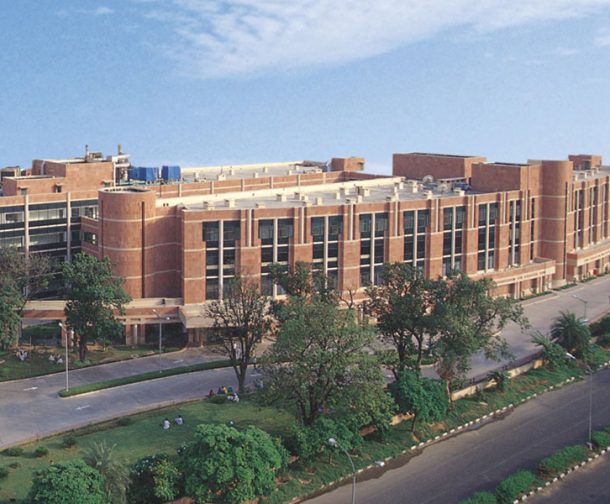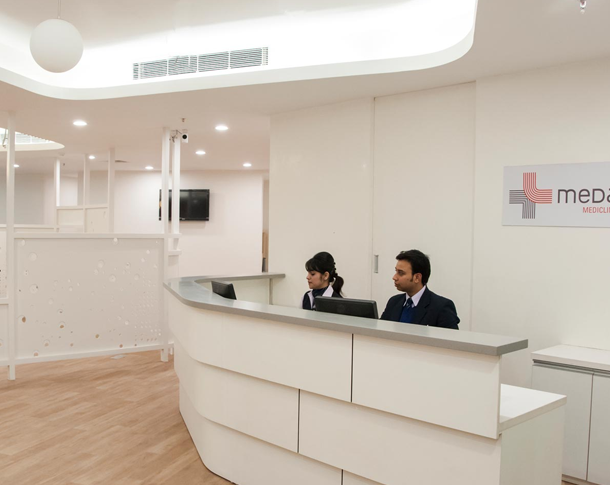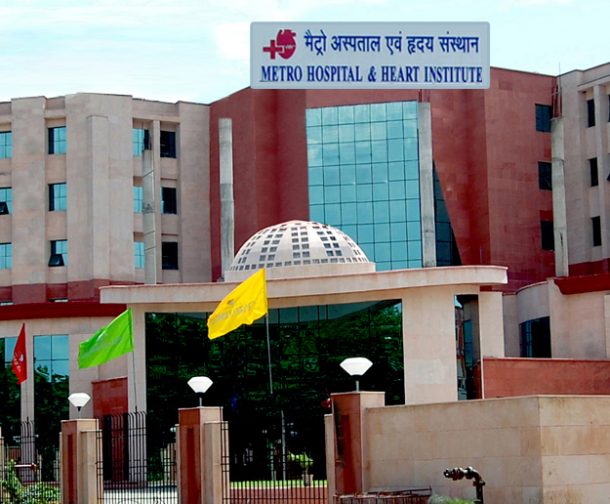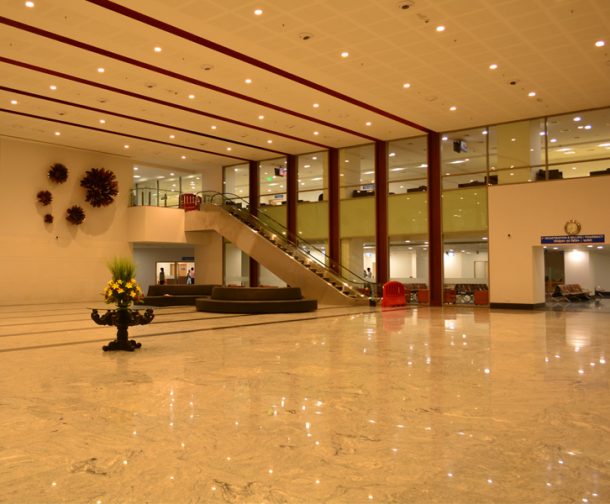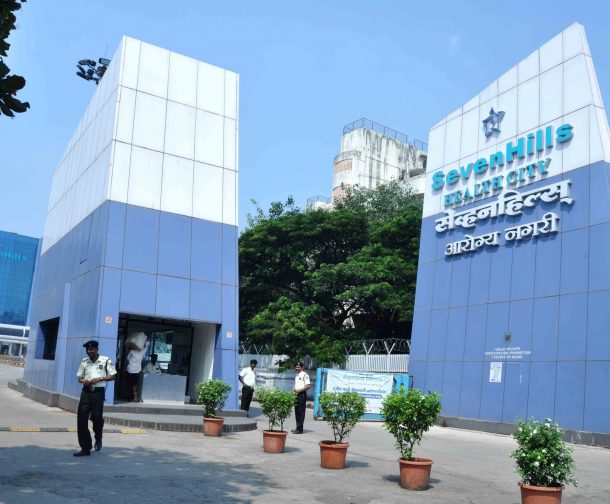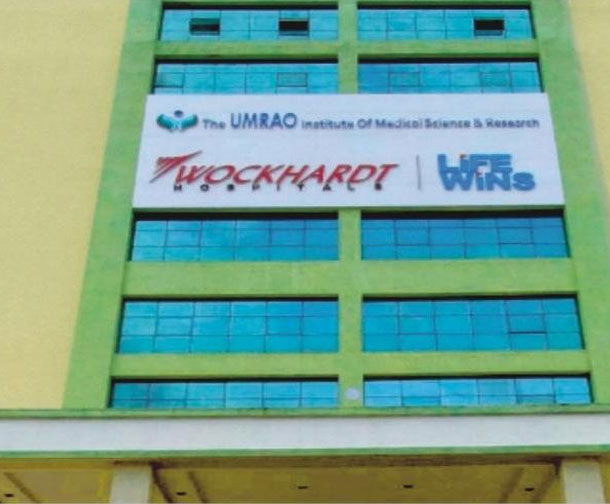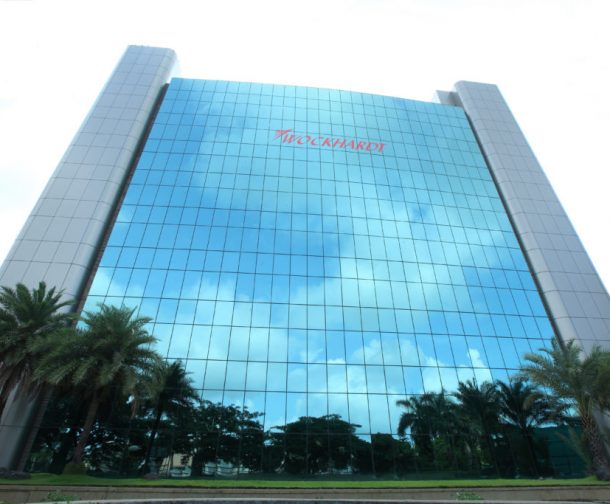
General surgery
General surgery is a specialty that uses operative procedures to treat injury, disease, and deformity. The areas of the body that may be treated with general surgical procedures include liver, stomach, gall bladder, appendix, intestines, breast, salivary glands, thyroid glands, arteries and veins. The quality of therapy, availability of a wide range procedural or treatment options, world-class infrastructure, professional medical care, and zero waiting time has made India the top-notch destination for the medical tourists.
General surgery cost in India is comparatively lower than other countries around the globe. General surgical procedures include cholecystectomy, prostatectomy, appendectomy, breast surgery, hernia repair, etc. General surgery in India is one among the various qualitative treatments at an affordable cost. For instance, the cost of hernia repair surgery in India costs $ 2,100 to $ 3,800, whereas, in the United States, it costs an average of $5,800. Almost all the states have its best general hospital in India that offers the safe modern techniques with highly skilled surgeons.
Procedures of General surgery
Appendicectomy
This surgery involves the removal of vermiform appendix and most commonly performed as a medical emergency in the patients suffering from acute appendicitis.
Bilateral Varicose Vein
Varicose veins are the swollen and enlarged veins seen under the skin usually in the legs. Bilateral varicose vein surgery includes vein stripping and ligation in both the legs. During the procedure, the veins are removed through small cuts in your skin.
Endovenous Laser Treatment (EVLT) for Varicose Veins (Single Extremity)
Endovenous laser therapy is a painless way to remove varicose veins. The procedure uses radiowaves or lasers to cauterize and close off the varicose vein in a single extremity. The procedure is a bloodless, and does not involve making an incision.
Endovenous Laser Treatment (EVLT) for Varicose Veins (Two-Extremity)
The procedure involves removal of varicose veins by directing heat in the form of laser to the varicose veins and causes the veins to collapse. It can provide prompt relief from varicose veins symptoms.
Femoral Herinoplasty
A femoral hernia is a condition where the abdominal content bulges out of the femoral opening. The femoral hernioplasty involves identifying the herniated mass and replacing them back into the abdomen.
Gall Bladder Surgery
The gall bladder is a pouch-like organ below the liver, and stores bile. The gall bladder may become inflamed or filled with stones, requiring its removal. The gall bladder surgery involves removal of the gall bladder through a large open incision in the abdomen.
Hernia Repair
Hernia is the bulging of internal organs through the wall that contains it. The hernia repair is a surgical procedure that involves correction of a hernia.
Hernia Repair-Epigastric
An epigastric hernia may occur when the tissues of the abdomen protrude through a weakened abdominal muscle. An epigastric hernia repair involves returning the hernia sac to its proper position.
Minimally Invasive Procedure for Hemorrhoids
This procedure involves excision of loose prolapse mucosa and submucosa within the rectum and fixation of the mucosa by a stapled end to end mucosa anastomosis.
Sigmoid Colectomy
This surgery is indicated for the patients with colon cancer, Crohn’s disease, or diverticular disease. The procedure involves removal of the part of the colon.
Stapled Haemorrhoidectomy
This surgery is indicated in the patients with third degree hemorrhoids. The surgery involves removal of abnormally enlarged tissue that is followed by the repositioning of the remaining hemorrhoidal tissue in its anatomical position.
Thyroidectomy
This surgery involves removal of all or part of the thyroid gland. This procedure is indicated for the patients with thyroid cancer or hyperthyroidism.
Total Colectomy and Ileostomy
Colectomy is the surgical removal of entire colon. ileostomy involves creating a stoma or an opening in the ileum. These procedures are mostly indicated for the patients with severe inflammatory bowel disease and colon cancer.
Total Pancreatectomy
This surgery is mostly indicated for the patients with chronic pancreatitis. A total pancreatectomy is a surgical procedure that involves removal of pancreas.
Unilateral Varicose Vein Ligation and Stripping
Vein ligation and stripping is performed to treat the varicose veins and to prevent the recurrence of the condition. Ligation is the surgical tying of the veins. Ligation is often used in combination with stripping or removal of the varicose vein.
Venous Thrombectomy
This surgery is used to treat the patients with deep vein thrombosis. The procedure involves surgical removal of a clot in the vein.
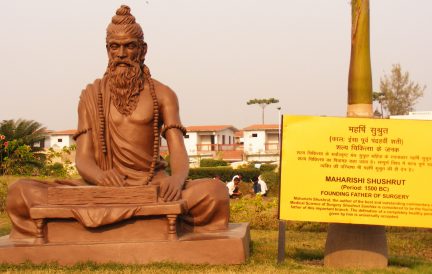
Sushruta
Sushruta was an ancient Indian physician and surgeon. He is considered as the ‘Founding Father of Surgery’ and the ‘First Plastic Surgeon’. He authored ‘The Compendium of Suśruta’, in which he described in detail about many surgical procedures, in addition to medical treatment and preparations of medicines.
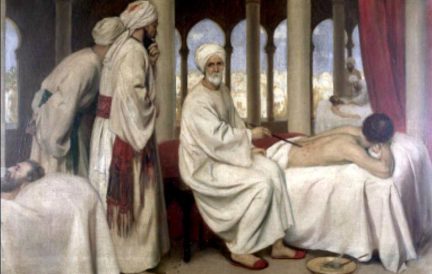
Abu al-Qasim al-Zahrawi
Abu al-Qasim al-Zahrawi was an Arab Muslim physician who authored Al-Tasrif (The Method of Medicine). The book is a medical encyclopedia, which features more than 2000 surgical instruments.

Guy de Chauliac
Guy de Chauliac was a Frenchman and the most eminent surgeon in the Middle Ages. He authored Chirurgia magna (Great Surgery) based on his work. This work was the standard text for many centuries. He is considered as the ‘father of modern surgery’.
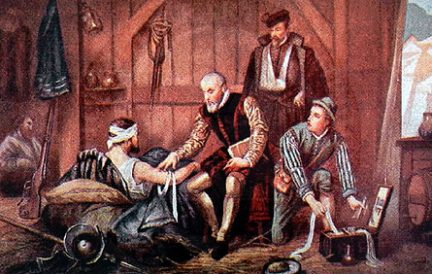
Ambroise Paré
Ambroise Paré was a French military surgeon. He developed an effective and less painful method of treating gunshot wounds. He also described effective methods for ligation of blood vessels during an amputation.
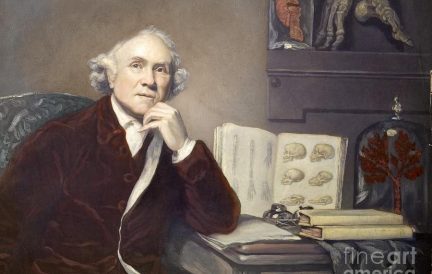
John Hunter
John Hunter is regarded as the ‘father of modern scientific surgery’. He introduced a scientific, experimental approach to medicine and surgery.
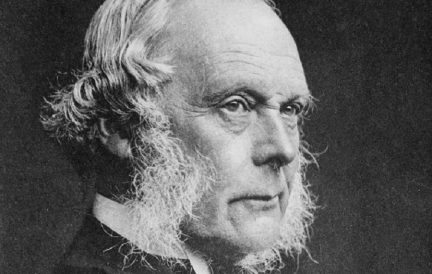
Joseph Lister
Joseph Lister was a British surgeon. He emphasized on the role of antiseptics in preventing and treating infections.
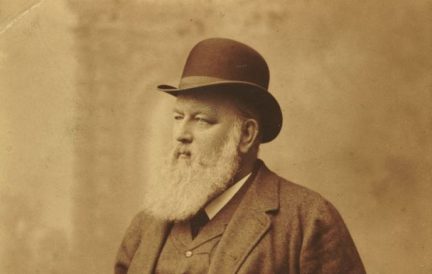
Theodor Billroth
Theodor Billroth was a German surgeon. He was the first to perform a resection of the esophagus, and various other operations.
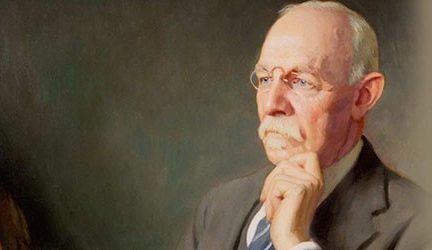
William Stewart Halsted
William Stewart Halsted was an American surgeon. He performed the first radical mastectomy in 1882 at the Johns Hopkins Hospital. Since then, this technique has become the standard treatment for breast cancer.

